Innovation clusters are a hot topic globally. Many observers are looking keenly at the efforts of the Washington State Department of Commerce to jump-start innovation clusters in that state. However, many still struggle to understand how an innovation cluster or district operates. This confusion is understandable because the cluster concept is rapidly evolving, and successes are few to date. This post shares the conditions, leadership, and purpose that underpin most clusters.
If you follow my feeds, you most likely saw my October article titled The What, How, and Why of Innovation Clusters. Since I published that article, colleagues have asked me for more details on how clusters operate to deliver industry value; therefore, I’ve written this article. My research confirms that innovation clusters or districts vary widely in composition and business models and form through unique initiating conditions and interactions. Nevertheless, some common factors in these entities’ requirements, leadership, and purpose point to a solid ROI for successful clusters.
A cluster’s formation depends on the availability of a range of resources. Depending on the analysis, six to eight factors and their interactions are necessary conditions for a thriving cluster. A 2018 Brookings Industry assessment of US clusters/districts suggests these elements all contribute to innovation district development:
- presence of a competitive economic rationale,
- strong leadership,
- a culture that is open to idea-sharing,
- a lifestyle attractive to skilled talent,
- accessible market demand,
- business capabilities,
- capital, and
- favorable regulations.(1)
The authors also note that these causal factors are not all necessary, but multiple interactions amongst collaborative elements characterize a robust cluster.(2) Furthermore, A cluster develops on a pre-existing base of assets including:
- economic – research partners, incubators, technology transfer offices, homes, stores, restaurants, and hotels,
- physical – streets, parks, libraries, labs, offices, and warehouses, and
- networking assets – meetings, events, and robust internet connectivity.(3)
Many clusters start by collaborating to build, grow, or transform one or more contributing assets. Because innovation clusters are “knowledge-intensive phenomena,”(4) access to human talent with a sound education and a wide range of skills and capabilities is a crucial ingredient. Geographic proximity is often a success factor since it promotes engagement and collaboration. However, increased access to remote work tools and hybrid workspaces will likely change the definition of proximity for successful clusters.
Industry leadership and participation are critical for success, but the other four sectors (entrepreneur, academic, government, and capital) play essential roles. According to Michael Martins, “clusters emerge when a network of companies co-exists within a geographic location, allowing each of them to collaborate – and compete – in a way which delivers greater productivity gains than they would achieve in isolation.” The truth is a cluster only appears to ‘emerge’; instead, these gains arise only after active engagement and joint project work by members working together. This engagement starts with a solid shared understanding of the industry challenges. That shared understanding is most easily created and sustained through C-suite leadership and networking. These leaders have recognized their mutual problems and are activated to find solutions. Such issues often include supply chain disruptions or talent shortages, changes to market demand that decrease the relevance of existing products or services, and increasing costs and a greater emphasis on sustainable operations. Effective solutions often require outside help. For example, academic and entrepreneur partners research and proof-test new ideas and develop operating personnel. Government partners adapt and develop policies and support the infrastructure to facilitate the change. Lastly, capital partners recognize and fund the assets to increase sector productivity and performance. These partners’ collaborative creativity and networking identify and prosecute feasible solutions for the cluster.
Innovation clusters are business development engines, not industry trade associations, a subtle but meaningful distinction. Trade associations are public relations bodies for their industry, government, regulators, and the media. Their activities focus on collaboration and networking between member companies and include events, advertising, education, publishing, and lobbying. Most trade associations are non-profit and supported by member subscription fees, and they may provide products and services to members. The membership is principally from industry corporations and companies. In contrast, a cluster is an intentionally cultivated network of members from each of five sectors – corporate, entrepreneur, academe, government, and capital. Its purpose is to develop relationships and find new avenues for industry growth and development. The cluster’s initial strategic plan includes mapping the market opportunities and buyers to understand what problems customers are trying to solve and why the existing solutions (if any exist) aren’t working. The focus is always on the future – identifying and filling gaps to enable a more integrated and productive sector. The business development function creates the ROI for industry partners through the engagement of all five sectors in critical thinking and problem-solving.
What stands out about innovation clusters or districts is that they are each a unique combination of factors, leadership, and challenges. While commonalities can be identified in these entities’ necessary conditions, leadership, and purpose, what makes them intriguing is their paths to success. Participating in a cluster is an adventure that demands long-term industry knowledge, openness to new ideas, and a collaborative and adaptive mindset. Of course, not all innovation clusters succeed, but those that do justify the investment in all.(5) Even the small ones can make a meaningful local contribution.
I want to thank the Washington State Department of Commerce Innovation Cluster team for sharing many of the resources I used to write this article. If you are looking for more information on innovation clusters, I think you’ll find their Resources page valuable.
If you enjoyed this article and would like to read more by Katrina, sign up for her newsletter.
References
(1)Baily, M. N., & Montalbano, N. (2018). Clusters and Innovation Districts: Lessons from the United States Experience. Retrieved from Washington, DC: https://www.brookings.edu/wp-content/uploads/2018/05/es_20180508_bailyclustersandinnovation.pdf, pg. 6.
(2)Ibid. pg 26.
(3)Ibid. pg 5.
(4)Martins, M. (2015). Innovation Clusters: Understanding Life Cycles. Retrieved from London: http://destinationinnovation.economist.com/wp-content/uploads/sites/3/2015/12/ICUL1.pdf, pg 18.
(5)Baily & Montalbano, pg 32.
Reach out to me if you want to know more or discuss your medical product development or business challenges.
https://www.linkedin.com/company/katrina-rogers-consulting-llc
https://calendly.com/katrinarogers
Text Copyright © 2021 Katrina Rogers
Photo courtesy of jarmoluk on Pixabay
